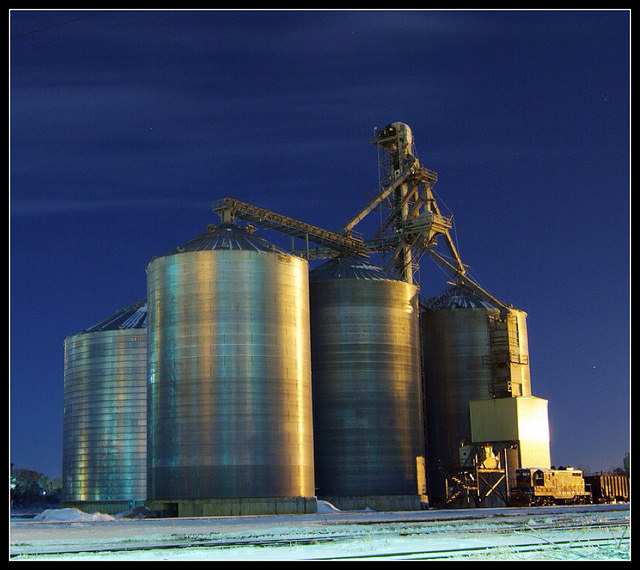During the past year, commodities have been the most challenged asset class. A slower global growth, lower inflation expectations and a strong dollar are some of the factors that have affected their price. Excess supply in many commodities is also contributing to the weakness. Given that most of these factors are likely to remain in place through the remainder of this year, prices may need to move even lower. Alternatively, fundamentals need to start to improve before the asset class becomes a genuine bargain. Many investors are conflicted about what their next move should be.
Amongst commodities, cyclical ones such as oil and industrial metals, have suffered the most. In the energy sector supply has played a key role in these losses. Today, the United States produces roughly 700,000 barrels per day more than one year ago. Meanwhile, following the tentative nuclear accord with Iran, many Gulf States are ramping up their own production. According to the International Energy Agency (IEA), which México has just recently requested to enter, oil inventories in developed countries have expanded to a record of almost 3 billion barrels because of massive supplies from both non-OPEC and OPEC producers. So, without a sharp reduction in production it is hard to imagine a strong rebound in the short run; however, for longer term investors, some bargains are beginning to emerge.
When looking to gain commodity exposure, one has to be very selective. Nowadays most commodity-related sectors look cheap, but in many instances the plunge in valuations merely tracks the drop in earnings and profitability. How can an investor assess if commodity companies are cheap or cheap for a reason?
Historically, valuations track profitability as measured by return-on- equity (ROE). At the energy and materials sector levels, data suggests that the fall in stock prices is generally in line with the drop in profitability. However, digging deeper at the industry level, opportunities might be appearing: while it appears storage and transport companies are still overvalued relative to the drop in equity, drillers and integrated companies look somewhat cheap (see chart below).
Looking next at materials, there are fewer obvious industries where valuations depart significantly from profitability, but metal and mining companies are starting to show more value.
However, one must not forget that the uncertainty surrounding market bottoms, particularly in a sector prone to volatility and abrupt changes in supply and demand, makes it hard to confirm the bottom has been reached. Furthermore, in the current scenario, low inflation expectations also make forecasting returns more difficult as many investors view commodities as a hedge against inflation.
Although the near-term outlook for most commodities remains modest, if the futures curve is correct, at some point, arguably in the next year or so, rising demand will start to bring markets back into balance. Until then, it is still probably too early to call a bottom.
___________________________________________
This material is for educational purposes only and does not constitute investment advice nor an offer or solicitation to sell or a solicitation of an offer to buy any shares of any Fund (nor shall any such shares be offered or sold to any person) in any jurisdiction in which an offer, solicitation, purchase or sale would be unlawful under the securities law of that jurisdiction. If any funds are mentioned or inferred to in this material, it is possible that some or all of the funds have not been registered with the securities regulator in any Latin American and Iberian country and thus might not be publicly offered within any such country. The securities regulators of such countries have not confirmed the accuracy of any information contained herein.




